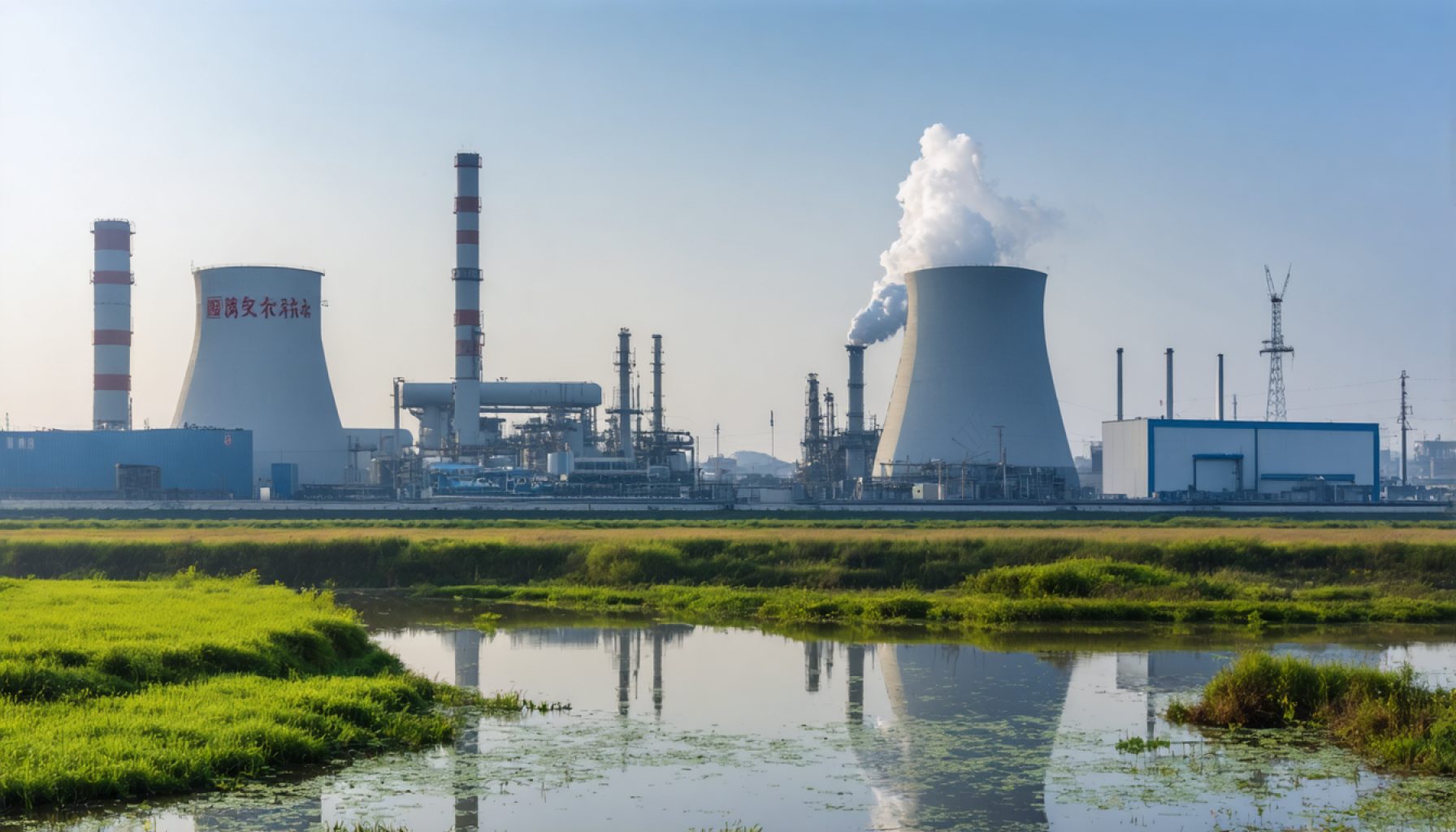- China leads the global hydrogen industry, aiming for 50,000 hydrogen-powered vehicles by 2025.
- The government has legally recognized hydrogen as an energy source, facilitating commercialization.
- China’s plan focuses on green hydrogen from sustainable resources for energy storage and electricity generation.
- The commercial truck sector, especially heavy-duty trucks, now dominates hydrogen fuel cell sales.
- Government incentives and renewable energy cost reductions drive optimism for hydrogen’s future.
- Hydrogen’s integration with solar and wind energy contributes to China’s clean energy goals.
- Despite setbacks, China maintains a long-term vision to establish itself as a hydrogen powerhouse.
Amid the rising buzz of urban streets and the hum of ever-expanding industrial zones, China holds the torch as the undisputed leader in the hydrogen arena. Despite a hiccup in 2024, which saw a dip in both production and sales of hydrogen-fueled vehicles, China’s resolve remains unswayed. The ambition to flood the roads with 50,000 hydrogen-powered vehicles by 2025 stands tall—an ambition sparked by both necessity and innovation.
With the stroke of legislative pens, China’s government has thrust hydrogen into the limelight, elevating its status as an official energy source. This legal recognition dissolves hurdles, paving the way for a sweeping commercialization backed by the robust Medium- and Long-Term Plan for Hydrogen Industry Development. The vision is clear: transform immense aspirations into tangible realities by pushing the envelope for green hydrogen, derived from sustainable resources, and its varied applications across energy storage and electricity generation.
A seismic shift sees the nation’s hydrogen fuel cell sector hurtling towards an unexpected frontier—commercial trucks. Buses once dominated, but now hulking trucks claim dominance, with sales encompassing a staggering 87% of the market by 2024. The lion’s share of this transformation belongs to heavy-duty trucks, as they thunder forward, promising to drive hydrogen’s narrative deeper into the realms of practicality.
While production figures might have wavered, the undercurrent of optimism remains. The plummeting costs of renewable energy and strategically infused government incentives beckon a new dawn—a boom ready to reshape the global energy landscape. The prospect of hydrogen collaboration with solar and wind further enriches China’s energy tapestry, promising to sew prosperity while trimming CO₂.
Though the short-term goals may appear elusive, China’s farsighted strategy is relentless. It’s not just about being on top today; it’s about securing a future where clean clouds of hydrogen power every leap forward.
China’s Hydrogen Revolution: Transforming Transport and Energy Solutions
How-To Steps & Life Hacks
Implementing Hydrogen Fuel Cell Vehicles in Commercial Fleets:
1. Assess Fleet Needs: Understand the specific energy requirements and load capacities of your fleet.
2. Evaluate Hydrogen Infrastructure: Locate nearby refueling stations or plan for on-site hydrogen production using electrolysis.
3. Choose Suitable Vehicles: Select hydrogen-powered trucks that meet load, range, and fueling needs.
4. Incorporate Training Programs: Train drivers and team members on hydrogen safety and vehicle handling.
5. Leverage Incentives: Explore government incentives or partnerships that can offset initial costs.
Real-World Use Cases
1. Logistics and Freight: Companies like CRCC (China Railway Construction Corporation) use hydrogen trucks for long-haul freight, cutting emissions significantly.
2. Municipal Services: Hydrogen buses and waste disposal trucks are employed in cities like Beijing and Shanghai to reduce urban air pollution.
Market Forecasts & Industry Trends
The global hydrogen market is projected to grow from $160 billion in 2020 to more than $300 billion by 2027, with China playing a crucial role in this expansion. The push towards sustainable mobility and energy independence drives this trend. Industries like steel manufacturing are also pivoting towards hydrogen usage, promising a sustainable future.
Reviews & Comparisons
Hydrogen versus Electric Vehicles:
– Hydrogen Vehicles (HVs): Offer long range and quick refueling but require significant infrastructure investment.
– Electric Vehicles (EVs): Cheaper to run with extensive existing infrastructure but suffer from longer charging times and lower range in some cases.
Controversies & Limitations
– Production Emissions: Though hydrogen itself is clean, most of the current production comes from natural gas, releasing CO₂.
– Storage and Transportation: Hydrogen is difficult to compress, and transporting it remains cost-intensive.
Features, Specs, & Pricing
– Range: Up to 500 km on a single tank.
– Refuel Time: Approximately 10 minutes.
– Initial Cost: Hydrogen trucks are priced between $150,000 – $200,000 but may be offset by government subsidies.
Security & Sustainability
With the integration of hydrogen in fleets, businesses reduce dependence on fossil fuels, cut emissions, and enhance energy security. However, the need for robust safety protocols is paramount due to hydrogen’s flammability.
Insights & Predictions
China’s focus will likely shift towards decentralized hydrogen production using solar and wind, reducing transportation costs and emissions, potentially leading the world towards a carbon-neutral future by 2060.
Tutorials & Compatibility
Hydrogen Vehicle Maintenance:
– Regular inspection of fuel cells and hydrogen tanks.
– Regular software updates for the vehicle management system.
– Specialized training for technicians in hydrogen technology.
Pros & Cons Overview
Pros:
– Zero emissions at the tailpipe.
– Longer driving range and shorter refueling time compared to EVs.
Cons:
– High initial infrastructure cost.
– Limited refueling stations.
Actionable Recommendations
– Businesses should explore integrating hydrogen vehicles in operations where high mileage and quick turnaround are essential.
– Policymakers should collaborate internationally to standardize hydrogen storage and transportation logistics.
– Individuals should stay informed about local incentives and advancements in hydrogen technology for making personal vehicle decisions.
Related Links
For more information on hydrogen energy and innovations, visit the U.S. Department of Energy and International Renewable Energy Agency.
These steps, insights, and recommendations will help businesses and individuals navigate the hydrogen evolution landscape effectively.


